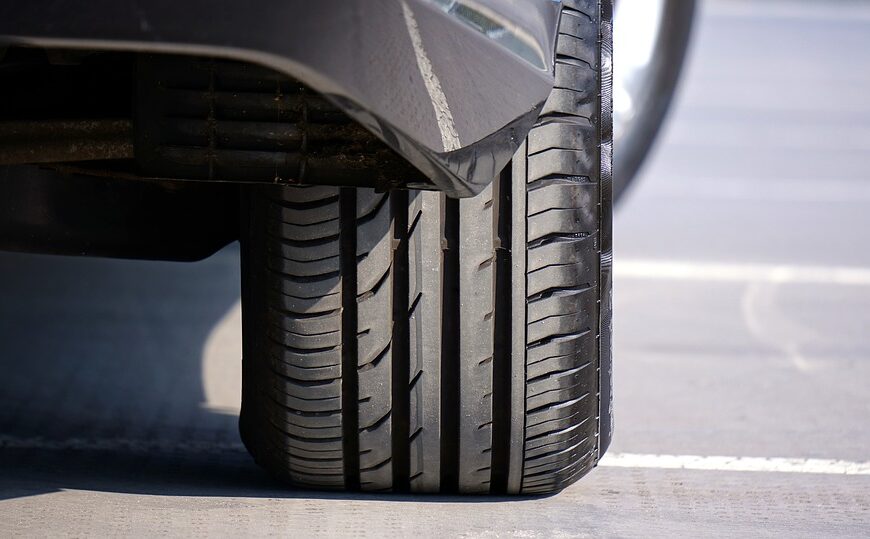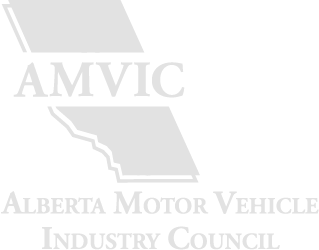- June 15, 2019
- By Park Muffler
- In Blog, Tires
What is a Wheel Alignment?

A wheel alignment is a standard part of your vehicle’s maintenance.
When your mechanic performs a wheel alignment on your vehicle, they adjust the angles of the wheel to the vehicle’s manufacturer specifications. They do so by adjusting the suspension system of the vehicle, not the tires themselves. This helps to reduce the wear on your tires and ensures that your vehicle travels straight.
How Your Suspension System Works
The suspension system of your vehicle works to maximize the friction between the tires and the surface of the road. This provides steering stability and good handling.
As your vehicle moves across uneven surfaces, the wheel’s vertical energy wants to transfer to the frame. This would cause the vehicle to move up and down and the wheels to lose contact with the road. The suspension system absorbs this energy and allows the frame to move undisturbed while the wheels move with the bumps on the road.
Without a suspension system, you and your passengers would jostle around uncomfortable every time your vehicle’s wheel encountered an uneven surface. The transfer of vertical energy could also cause wear and damage to your vehicle’s frame.
How to Tell if You Need a Wheel Alignment
It is typically recommended that a wheel alignment be performed every 2 to 3 years of when new tires are installed. However, there are signs you can watch for to indicate that one is necessary:
- Even tread wear on the tires.
- The vehicle is pulling to the left or right.
- The steering wheel is off center.
- There is a vibration in the steering wheel.
Keep in mind that, as a safety feature, some older vehicles are designed to drift slightly to the right. This is to make sure that if your hands leave the steering wheel for whatever reason, the car will move away from oncoming traffic.
How a Wheel Alignment is Done
There are 3 components of the suspension system that are set to the manufacturer’s settings. Your mechanic will make sure these components are set properly.
Camber
The camber sets the inward or outward tilt of the front tires. This component distributes the load across the entire thread. An uneven load will cause uneven wear on the tires and pull on the suspension system.
Toe
Toe is the side-to-side difference in distance between the front and the rear of the front tires. If the toe is not aligned properly it can affect the wear and life of the tires.
Caster
The caster is the fore and aft slope of the steering axis. The axis is a piece that passes through the upper ball and lower ball joint. Where it attaches to the wheel is called the kingpin axis and the inclination between the kingpin axes and the vertical wheel axis is the steering axis. If not calibrated to the manufacturer specification, you may end up with the vehicle not traveling straight.
What Can Happen if You Don’t Get a Wheel Alignment
If your wheels are left in a misaligned state, your tires will suffer premature wear and tear and render them ineffective for safe driving. Misalignment can also cause safety issues by affecting the braking and handling of your vehicle.
It will also put undue stress on the suspension system and lead to damage and expensive vehicle repair as well as increase your fuel consumption.
Ready for a Wheel Alignment?
Keep your vehicle running safely and under control – contact us about a wheel alignment today!
© Park Muffler - All Rights Reserved.

